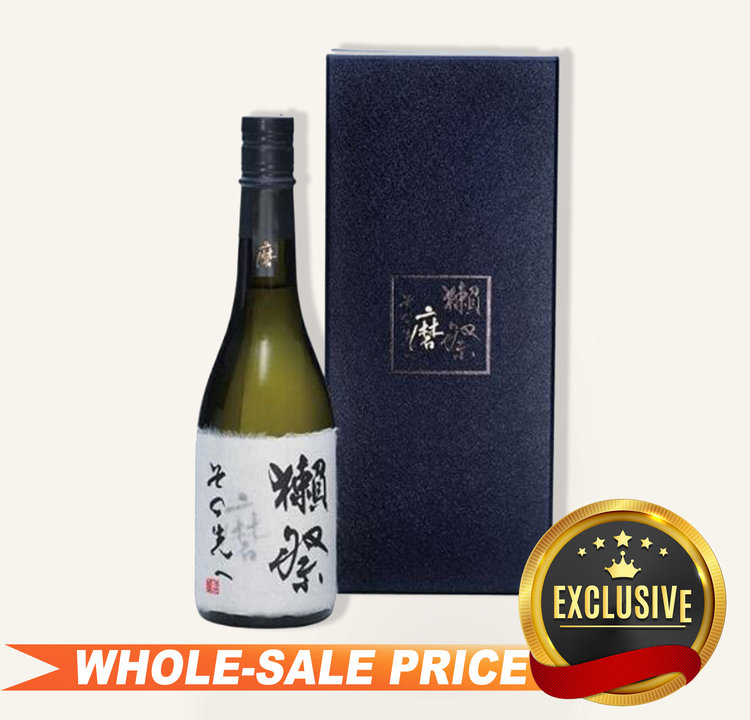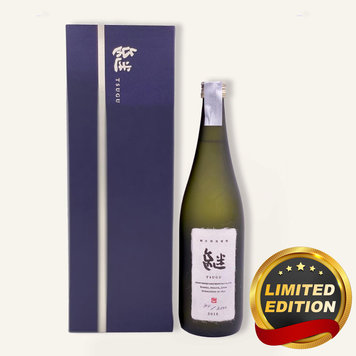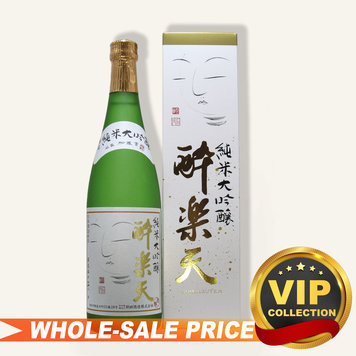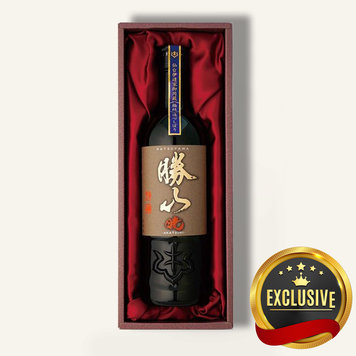| Brand | Dassai |
| Region | Japan |
| Spirits Type | Sake |
| Spirits Style | |
| ABV | 16% |
Product details
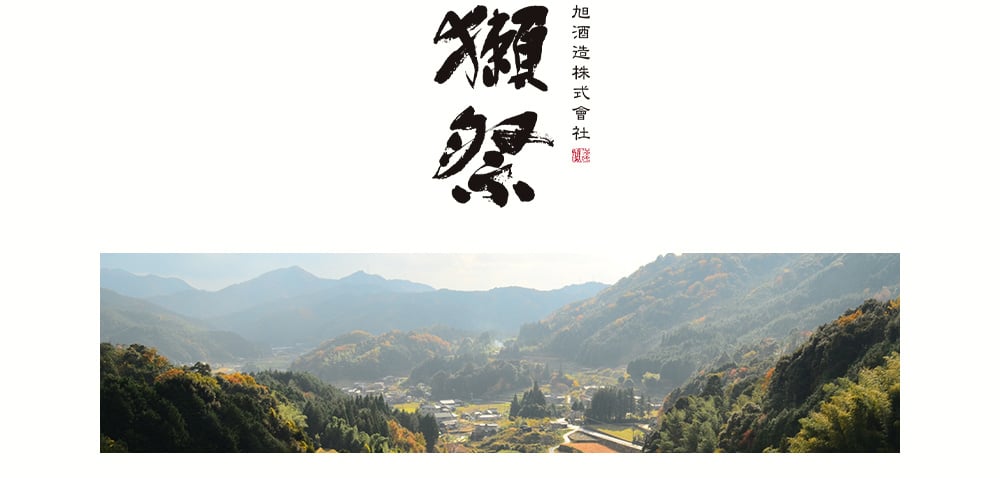
Dassai Beyond is the best sake crafted by Asahi Shuzo. This sake has been created to surpass our Dassai 23. The quality aimed for is not to complete what Dassai 23 could not, but rather to integrate it to go a step further.
The origins of this rare and extraordinary sake began with a simple yet most challenging ambition: to handcraft a sake that would surpass the excellence of DASSAI 23, widely praised by critics as a "perfect" sake. Crafting the sake of such transcendent excellence meant going beyond polishing numbers and the provenance of rice and water. It demanded going beyond normal flavor profiles to coax levels of depth, complexity, and smoothness from rice that had never been tasted before in sake.
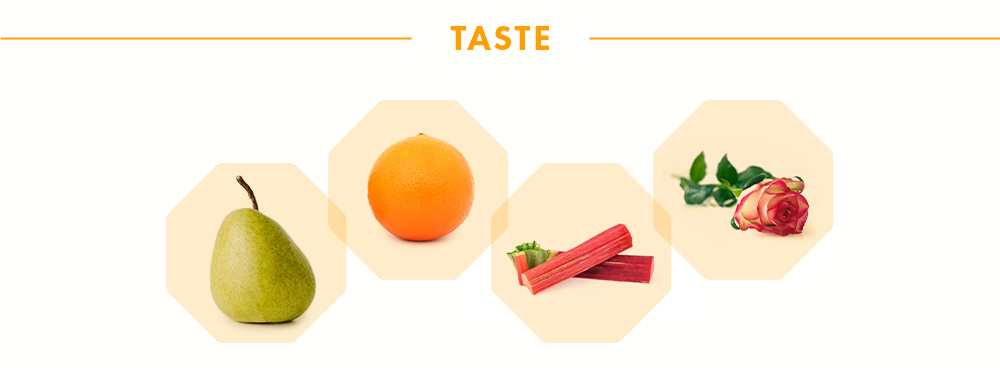
It has gentle pear, citrus, rhubarb, and wild rose notes, all braided up in silky, elegant layers. Unparalleled smoothness and clean, complex flavors engulf the entire palate, followed by a stunning length of finish.
To best appreciate the achievement of DASSAI Beyond, we suggest drinking it after having a glass of Dassai 23 to prepare for an experience beyond all your expectations of sake.
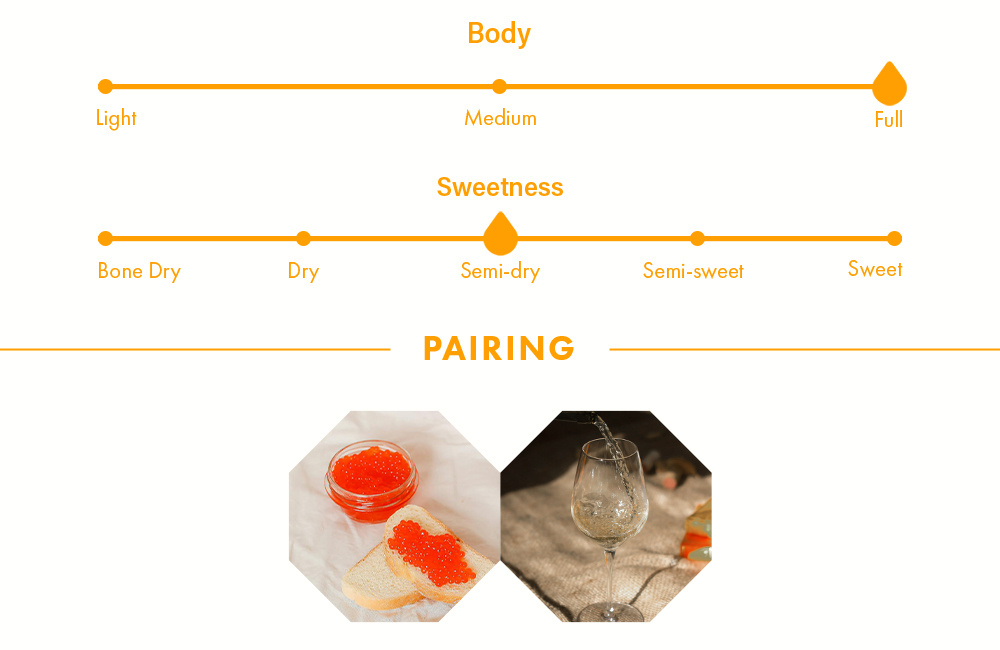
Too special to be had with food...but if you must, oysters, caviar, crab, scallops, wild vegetables. A small wine glass is recommended to enjoy the aroma, and a wide cup is recommended if enjoyed with strong-smelling snacks.
The best serving temperature is 10 to 12 °C (50 to 54 °F).
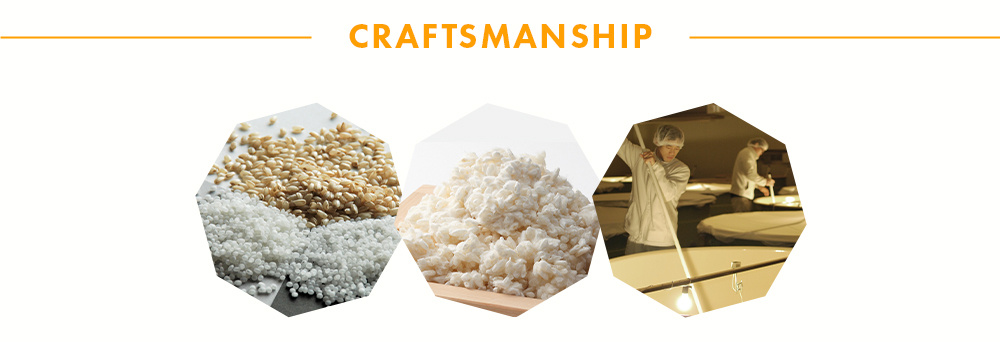
Through crises and difficulties, Asahi Shuzo has carefully innovated its unique way of brewing sake. After the rice is polished and brought into the sakagura, it loses a great deal of moisture due to the frictional heat of the polishing process, which takes up to 144 hours.
A suitable rice for fermentation would need to maintain its enzymatic power during the long 45-day fermentation period. So, it is necessary to make steamed rice that is hard on the outside and soft on the inside. Making koji is the most important task in sake crafting; keeping the yeast suitably supplied with glucose allows for optimal control of the sake fermentation speed.
All of their moromi (i.e., fermenting mash) are fermented at low temperatures for a long time, just as other producers would do for a special craft, for example, participating in a sake competition.


